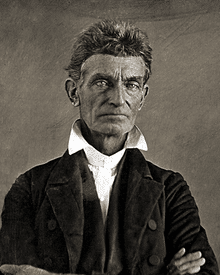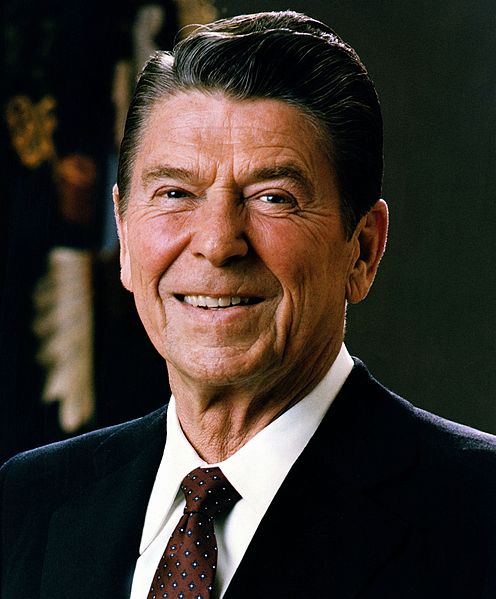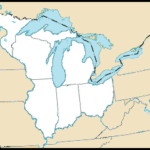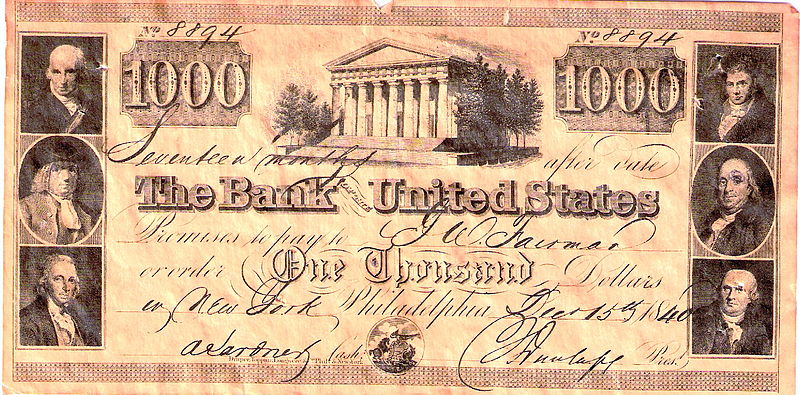Bleeding Kansas is an event that has become mythologized in U.S. history, often viewed as a harbinger of the Civil War that would erupt a few years later. But is that how should we think of this event? And what should we remember about those involved? And, for your purposes, what Bleeding Kansas APUSH topics do you need to know for the exam? Keep reading to learn how to begin answering these questions.
What was Bleeding Kansas?
In order to understand Bleeding Kansas, you have to understand the concept of popular sovereignty. Popular sovereignty was the idea that people living in a territory should decide whether that territory would prohibit slavery. This idea was largely championed by Stephen Douglas (you know, the guy who lost the presidential race to Abraham Lincoln).
As Douglas concluded in an 1859 article, “The principle, under our political system, is that every distinct political Community, loyal to the Constitution and the Union, is entitled to all the rights, privileges, and immunities of self-government in respect to their local concerns and internal polity, subject only to the Constitution of the United States.”
What he meant by this was that citizens (that is, non-slaves) should decide locally whether they wanted to have slavery. This concept was, of course, disingenuous because slavery would expand wherever it was given a foothold — it was super profitable! Furthermore, to pretend that slavery and slave power was just a local issue negated the huge influence slaveholders had on national politics. However, popular sovereignty allowed politicians to delay getting their hands dirty with respect to a national policy on slavery.
And then, everything came to a head.
The 1854 Kansas-Nebraska act negated the rules outlined in the Missouri Compromise of 1820. As a result, free-soilers and pro-slavery activists flooded the state to vote on whether Kansas would enter the union as a free or a slave state. Kansans would vote on whether to accept the Lecompton Constitution.
Hostilities broke out between these two rival groups to the point that free-soilers and pro-slavery advocates had opposing governments. In May of 1856, armed pro-slavery men ransacked Lawrence, a town with strong free-state leanings. In response, John Brown, that infamous figure of U.S. history, planned his attack. Brown’s group killed five pro-slavery individuals a few days after the ransacking of Lawrence. But Brown wasn’t the only one engaging in the violence, which continued on both sides for months. Even when Kansans decided they would enter the Union as a free state, smaller violent outbursts continued into the eve of the Civil War.
How should we remember John Brown and Bleeding Kansas?

John Brown is often referenced in U.S. history for the depth of his conviction and the brutality of his actions. Oh yeah, and he was a white guy willing to kill other white people over the issue of slavery.
Often times, Brown is referred to as a “misguided fanatic”. Sure, he wanted abolition — who doesn’t? — but he killed people! Although he went to Kansas to fight the pro-slavery element there, it is his attack on Harper’s Ferry that he is best known for.
Let’s look at Brown’s own words to try to make sense of what he did and why.
In the last speech he gave before he died, Brown stated:
“I have, may it please the court, a few words to say. In the first place, I deny everything but what I have all along admitted — the design on my part to free the slaves. That was all I intended. I never did intend murder, or treason, or the destruction of property, or to excite or incite slaves to rebellion, or to make insurrection. I have another objection: had I so interfered in behalf of the rich, the powerful, the intelligent, the so-called great, or in behalf of any of their friends . . . it would have been all right; and every man in this court would have deemed it an act worthy of reward rather than punishment.
I believe that to have done what I have done — on behalf of God’s despised poor was not wrong, but right. Now, if it is deemed necessary that I should forfeit my life to further the end of justice, and mingle my blood further with the blood of my children and with the blood of millions in this slave country whose rights are disregarded by wicked, cruel, and unjust acts — I say: so let it be done!”
Speech given November 2, 1859. (Source: Stanford History Education Group)
Unabashedly, John Brown stood by his actions. Although I cannot tell you how to feel about what he did, the context is important in case you encounter any John Brown or Bleeding Kansas questions on the APUSH exam.
What is an example Bleeding Kansas APUSH question?
Although the APUSH exam may not ask about Bleeding Kansas specifically, it likely will ask about tensions leading up to the Civil War. Be sure to put Bleeding Kansas into the larger picture of events that led to the Civil War.
The Missouri Compromise, Compromise of 1850, Wilmot Proviso, and the Kansas-Nebraska Act were all intended to do what?
A. Resolve the issue of slavery in newly acquired US territories
B. Determine the number of senators new slave states may send to Congress
C. Forbid the expansion of slavery into newly acquired territories
D. Make sure that citizens of new states could decide whether or not to allow slavery by popular sovereignty
Answer:
The correct answer to this Bleeding Kansas APUSH question is A. You may be asked to compare various aspects of the road to the Civil War, including the legislation meant to stop a Civil War from happening. All of these compromises were meant to resolve the issue of slavery in the ever-expanding US, some by popular sovereignty and some by federal directives.





